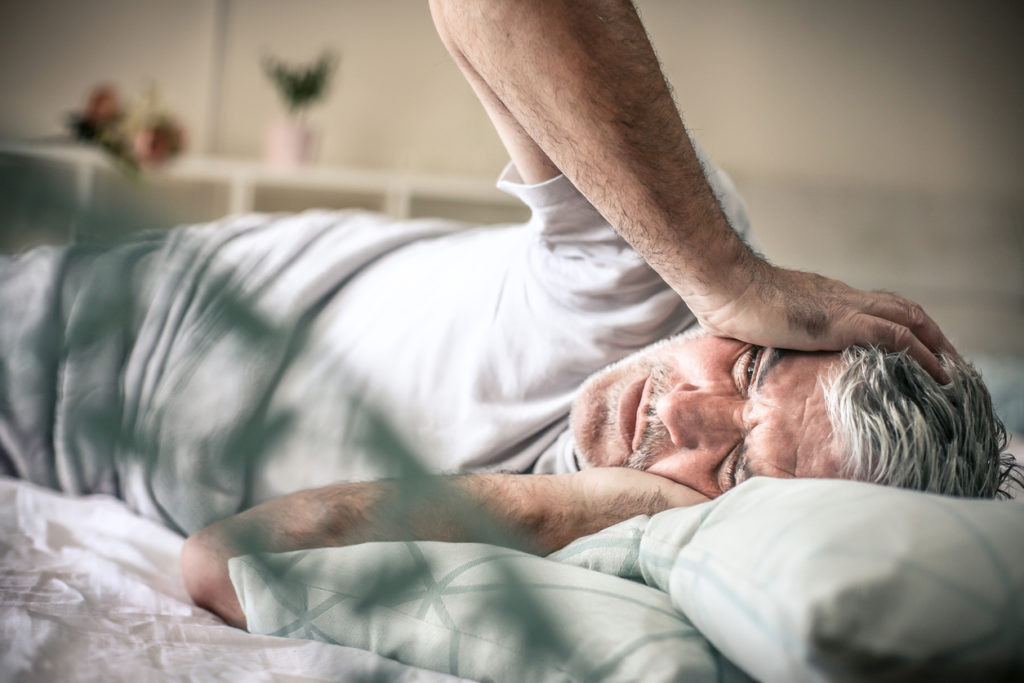
Are you suffering from throbbing or pulsing headaches that last for hours or even days? That pain you feel may be a migraine. A migraine is a primary headache disorder that’s characterized by recurrent, extended headaches.
Depending on the severity of the attack, you may not be able to function properly once a migraine hits. If you’re one to experience migraines, it’s best to know how this headache disorder manifests – and what you can do about it.
What Is a Migraine?
Migraines are primary headaches, which are a clinical diagnosis on their own and not caused by other conditions. These are different from secondary headaches, which are a symptom of another underlying medical problem.
When you have a migraine, you may feel a throbbing or pulsing pain, usually on one side of your head. The pain can occur anywhere in the head, face, or neck. The pain may get worse with physical activity or exposure to bright lights, loud sounds, and pungent smells. Feeling nauseous is also common.
Migraines may be due to different factors. Women are more likely to get migraines compared to men. Genetics are also risk factors, as well as stress levels and smoking. Common triggers are alcohol, hunger, dehydration, lack of sleep, and routine or weather changes. Certain foods or smells can also trigger migraines.
The Different Phases of a Migraine
A migraine may last for a few hours or as long as several days. Its course may be in four phases with some distinct characteristics. You may experience the following:
Prodrome
Also known as the preheadache or premonitory phase, this may last for 3 hours to several days. Others do not experience this phase at all.
Its symptoms are generally cognitive problems, such as difficulty concentrating, reading, and speaking. Irritability, fatigue, nausea, food cravings, increased urination, and muscle stiffness may also be present.
Aura
25% of people experience an aura, which may last between 5 minutes to 1 hour. It may be visual disturbances such as seeing flashing lights, blind spots, or wavy lines. Although auras are not as common, some people experience this with a headache.
Migraine Attack
A headache may last from 4 to 72 hours, with a wide range of severity from mild to disabling. The majority of migraine symptoms occur in this phase.
Postdrome
A postdrome phase may go on for 1 or 2 days. This is experienced by 80% of people. Its lasting effects are known as a migraine “hangover.” During this phase, you may experience depression, fatigue, euphoria, or difficulty concentrating.
Types of Migraines
Not all migraines are the same. People usually experience migraine symptoms in different combinations and severity. The following are a few types of migraines:
Chronic Migraine
Chronic migraine occurs at least 15 days every month. Its symptoms and severity may vary. Medication for chronic migraines should be taken only under the direction of a healthcare professional, as taking too many medications may lead to future migraines.
Hemiplegic Migraine
This migraine causes temporary paralysis such as numbness, weakness, tingling sensation, or loss of sensation in one side of the body.
Complicated Migraine
Also known as a migraine with aura, these headaches occur either alongside or after the aura phase.
Common Migraine
This migraine happens without the preceding aura phase and warning signs.
Migraine Without Head Pain, Silent Migraine, or Acephalgic Migraine
Migraines of this type are usually limited to the symptoms in the aura phase, without the headache.
Migraine with Brainstem Aura
For this type of migraine, headache pain may suddenly occur in the back of your head. Symptoms of this migraine include vertigo, double vision, loss of balance, or slurred speech before the headache.
Retinal Migraine or Ocular Migraine
This type of migraine may manifest as vision loss in one eye with a dull ache behind the socket. The pain may spread to the rest of the head and last from a minute to several months. Retinal migraines are serious – you should consult with your doctor if you are experiencing them.
Status Migrainosus
This rare and severe type of migraine may last longer than 72 hours.
Migraine Treatment in Newark, Wilmington, Middletown, Smyrna, and Dover, DE
Migraines differ in their severity and duration. The symptoms may also exhibit themselves differently. If you suffer from recurring migraines, you may benefit from chiropractic care, acupuncture, or pain management counseling.
At Delaware Back Pain & Sports Rehabilitation Centers, pain management experts can help address your migraines. We provide specialized care for various painful conditions using diverse treatment approaches and modalities.
We have seven locations in Delaware to serve you. We welcome any questions you may have about our services. You can reach our friendly staff once you pick your preferred office location. You may also fill out our convenient online appointment request form. We look forward to working with you to ease your migraine pain.


